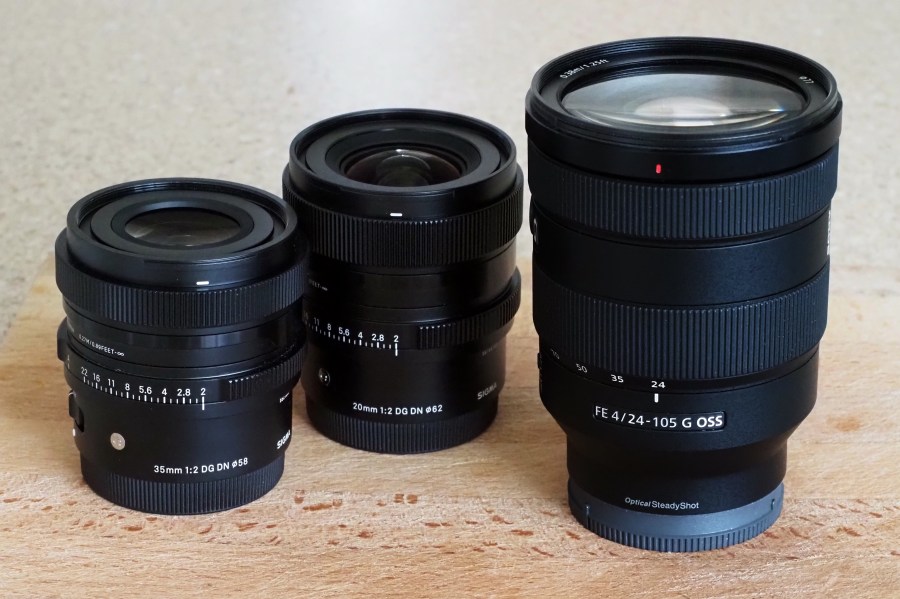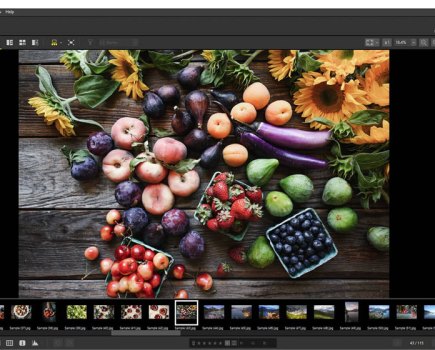Zoom lenses let you change the focal length, or the angle of view in other words, while you’re shooting, but prime lenses offer just a single focal length. It sounds like a zoom lens should be the obvious choice, then, but prime lenses have their advantages too.
Experienced photographers have learnt what lenses they prefer to use. But if photography is a new passion to you, the decision whether to go for primes or zooms might cause some stress. If you’re new to photography, you may also want to check out our Beginners guide to lens types and choices. Rest easy, we’re here to help. Below Will Cheung shares how to make your prime vs zoom lens choice.
The idea of a single zoom lens replacing several primes or fixed focal length lenses in the camera bag has always appealed to photographers. With greater flexibility, potentially less weight to lug around and not having to take a few steps forward or back to fine-tune compositions, what’s not to like?
But photography, just like life, is not straightforward and there’s no one size fits all solution. As vlogging, video and travel/adventure photography gain in popularity, compact and lighter camera systems are becoming more important. The lens typically contributes much of the bulk and weight of a camera, so many shooters are swapping big, heavy zoom lenses for smaller and lighter primes – or using both types depending on the shooting situation.
In the prime vs zoom discussion, key areas to discuss include maximum aperture, image quality, handling differences and bulk, then there’s budget, what you enjoy photographing and personal preferences. There’s much to ponder.
In today’s lens market zooms significantly outsell primes, but that hasn’t always been the case so let’s start with some background.
Prime vs zoom: How zooms took over the world
The first zoom for still cameras was the Voigtlander-Zoomar 36-82mm f/2.8 made in 1959. It was a large, weighty lens. Moving into the 1970s, the Vivitar Series 1 70-210mm f/3.5 gained respect for its performance and this lens was a portent of things to come. Convenience meant zooms soon gained traction, even though primes gave sharper pictures, were more capable of handling flare and suffered less distortion.
Ongoing developments in optical design meant the performance gap between the two lens types narrowed and by 1982 more zooms than primes were being manufactured, and they have dominated the market ever since.
The current photographic world has zooms that match or even surpass the performance of primes. Naturally, it depends what lenses you’re comparing. But the point is, if top quality results from your high-resolution camera is what you need, that is achievable regardless of lens type. In fact, some lenses are so good that portrait photographers and movie makers are using filters such as the black mist-type to take the edge off their sharpness.
So, the first thing to say in the prime versus zoom debate is that there’s no right or wrong answer and plenty to room for both lens types in your kit bag. If you need guidance, then you are in the right place.
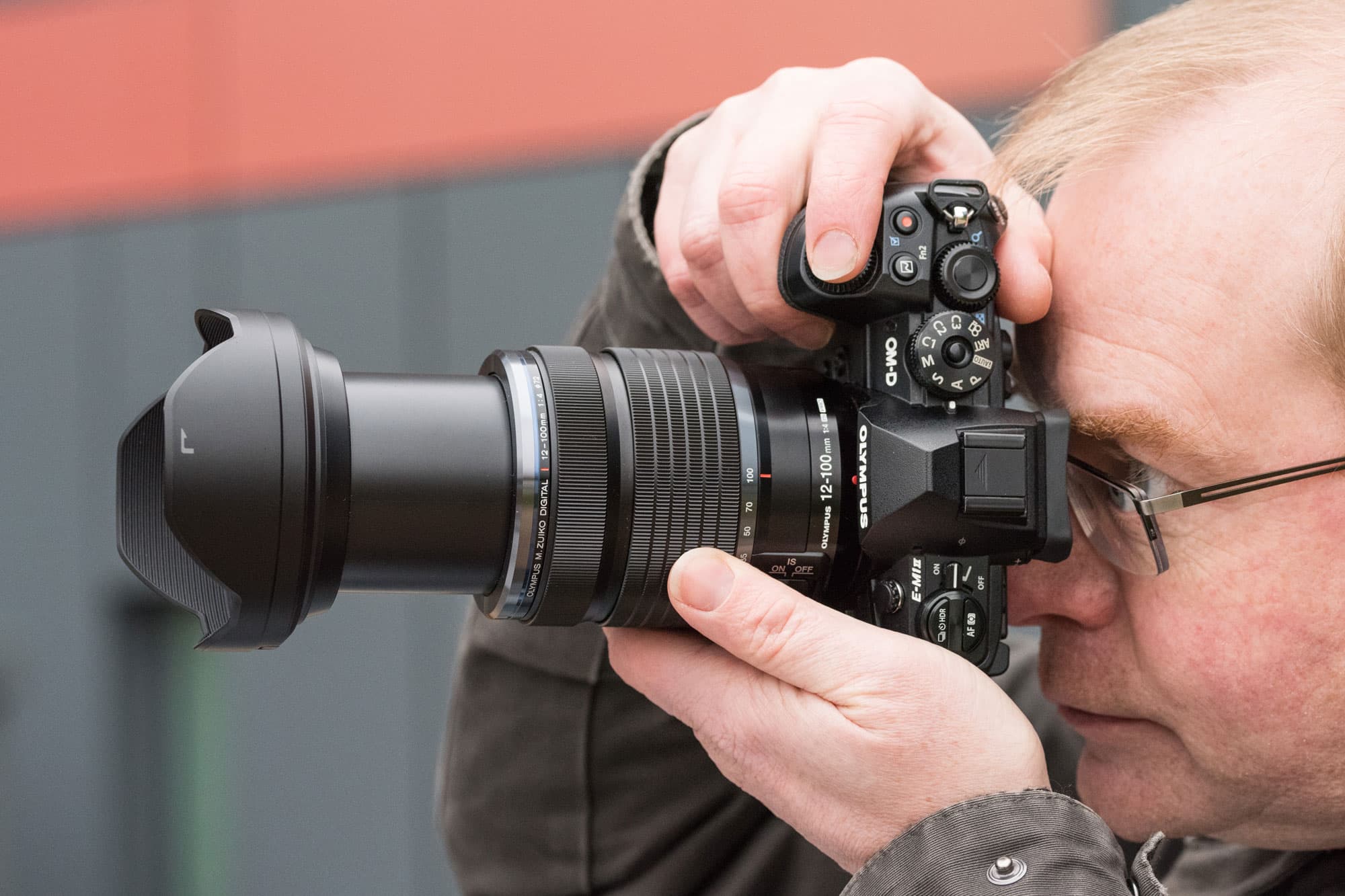
The Olympus 12-100mm lens covers a huge focal range from 24mm right up to 200mm in full frame terms, potentially replacing several prime lenses.
Prime vs zoom: What do you shoot and how?
What do you shoot and how you see yourself working as a photographer is important. Many photographers prefer the compositional flexibility of a zoom while there are plenty who enjoy the discipline of primes.
If you’re a photographer who enjoys flitting from subject to subject, use something like a close focusing 70-300mm or 100-400mm zoom and you could go from shooting portraits to macro and then birds and action, all at the twist of the zoom barrel. Some subjects cry out for the flexibility of a zoom. If you shoot family gatherings, social events and weddings, the compositional flexibility you get with a zoom is a compelling factor.
Consider what you shoot
For a prime shooter, you would need three or four lenses to complete the same tasks, so that probably means greater cost, more to carry around and lots of lens changing. But perhaps this involvement is exactly what photography means to you and what you enjoy.
If, however, you specialise in one or two genres, the prime path might be ideal. If all you shoot is flowers and insects, then buy a macro prime or if wildlife is your passion, invest in a fast aperture prime telephoto. Similarly, with street photography. Experienced street shooters swear by their fast aperture 28mm or 35mm primes and would never dream of going for a zoom. If street photography is your thing, don’t miss our Complete street photography guide for more tips and advice.
There’s no right or wrong
There is no right or wrong and there are plenty of excellent macro, nature and street photographers who use zooms and many people photographers are perfectly successful with their fast aperture primes.
What shooting primes can do is encourage you to think about your shots more. Having a single focal length means you have to use your feet to move forward or back and it gets you thinking about composition more. This is not to say that zoom users have their photo brains in neutral. Far from it, but it is possible that some zoom photographers get lazy and rely on the lens to do the work; they just shoot without thinking too deeply about the shot.
That little extra bit of engagement is what prime users like, so bear that in mind when you are contemplating your lens choice.

Prime lenses are smaller and lighter than zooms, and can suit photographers who like to use their feet to move around their subjects finding the best angles.
Prime vs zoom: The zoom advantage
One lens replacing several has always been a key benefit with zooms and that still applies. There’s a potential saving in weight and money.
For the sake of our discussion let’s take a leading standard zoom, the Sony 24-70mm f/2.8 G Master II which has a street price of £2100 and weighs 695g. Let’s say that you wanted to replace that single lens with primes. If we took it to the extreme that’s five lenses: 24mm, 28mm, 35mm, 50mm and 85mm. From Sony’s stable you have the 24mm f/2.8 (£629,162g), 28mm f/2 (£339, 200g), 35mm f/1.8 (£549, 280g), 50mm f/1.8 (£159, 185g) and the 85mm f/1.8 (£499, 371g). Total cost of that lot at street prices is £2175 and the combined weight is 1031g, so more expensive and heavier than a single zoom.
Of course, this is not real world thinking and most people aren’t going to buy a prime lens to cover every key focal length of a zoom lens, but it gives an idea of how one lens can displace a hatful.
If you need a versatile zoom kit you could go for a 14-35mm, 24-70mm and a 70-300mm. That range would be broad enough to cover most subjects. To match that outfit in primes and give a similar level of flexibility you would need a minimum of 14mm, 24mm, 50mm, 85mm, 200mm and 300mm lenses, so that’s six optics which could be very expensive and bulky too.
In the context of building an outfit to cover most photo genres, zooms look the best and most versatile option. Even though they might not have fast maximum apertures of primes, and lens for lens, they might be bulkier.
Prime vs zoom: Image quality and cost
Performance differences do exist between primes and zooms, but it is as not clear cut as it used to be. In the early zooms, shooting with a wide or very small aperture could give disappointing sharpness and it was best to use a mid-aperture such as f/8 for acceptable quality.
That is not the case now and modern zooms are amazingly good and perfectly capable of tack-sharp shots even when used wide open. If you looked at test chart images from a prime and a zoom of comparable quality, you may see a difference in sharpness especially at wide lens apertures. But only if you look very, very closely. Check out pictures taken in actual photo situations, any difference is unlikely to be visible at all. Moreover, stop down any lens by one or two f/stops from maximum and any performance difference that might exist will only get narrower.
Distortion
One facet of lens performance is distortion and zooms with their more complex build are more likely than primes to suffer from barrel and pincushion distortion. With film, this is a serious issue, but with digital capture distortion can be resolved with a mouse click in post.
So, generally, primes are going to be superior performers to zooms even though the differences are likely to be marginal, but that needs putting into context. Shoot landscapes and you’re not talking hard edges that might expose a less good lens. On the other hand, architecture with its obvious lines and strong shapes will show up a poor lens very quickly. So, what you shoot can have consequences.
It’s the same with you do with your shots. If you post images on social media and occasionally make an A3 print, then you don’t need expensive lenses, whether prime or zoom. However, if you aim to make big prints, enjoy shooting at wide apertures and own a high-resolution camera, investing in good lenses, whether prime or zoom, makes perfect sense.
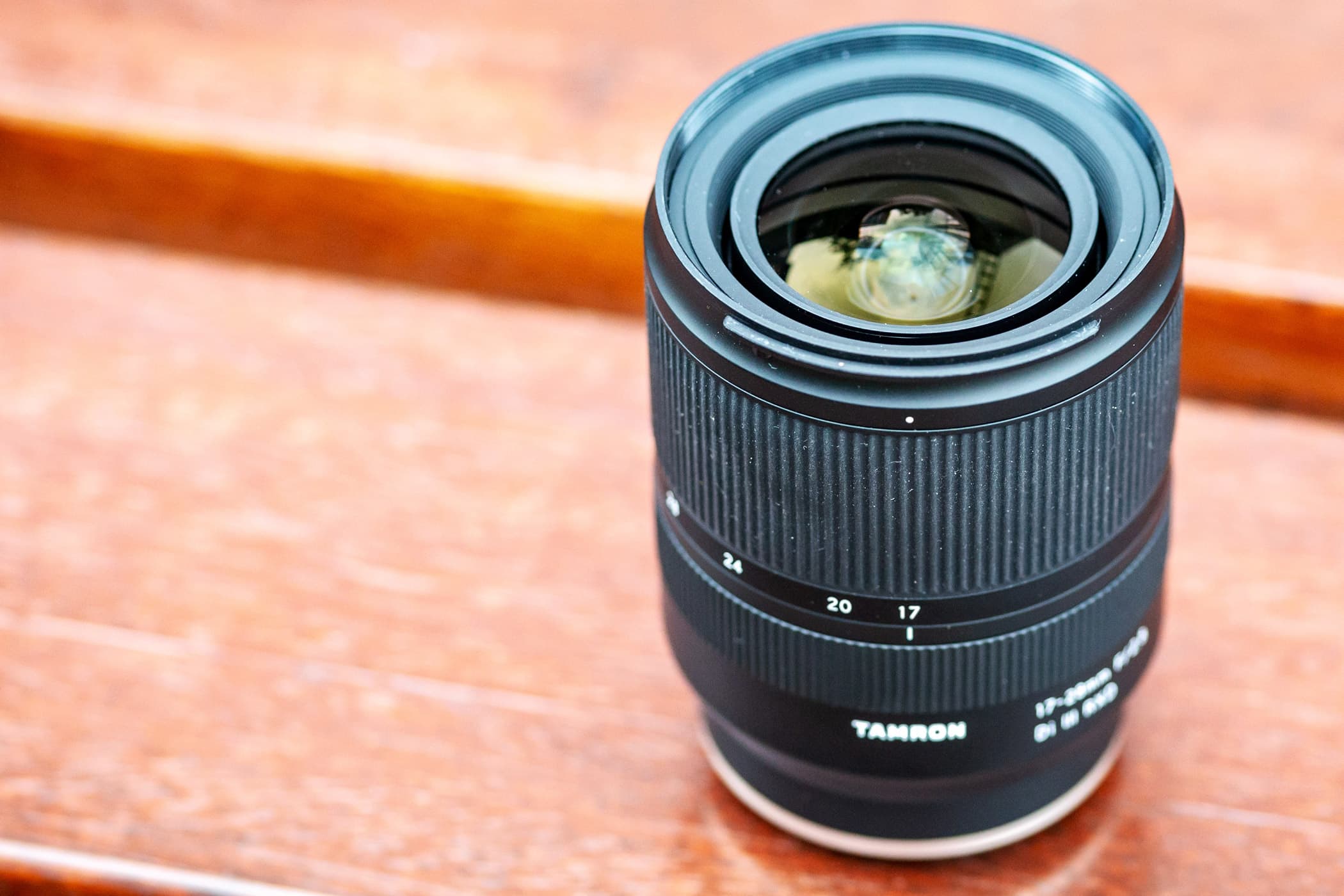
Zooms with their more complex build are more likely than primes to suffer from barrel and pincushion distortion
Prime vs zoom: Quality vs ‘character’
In photography, the adage of ‘you get what you pay for’ is often true. If you can afford a camera brand (or marque) lens then that’s all well and good, especially if your budget stretches to their top of the range optics. Canon has its L series, Nikon has S lenses and there are G Master optics from Sony and primes – and zooms are available from all three makers. Of course, there are very good quality products from independent brands such as Samyang, Sigma and Tamron.
Manual focus lenses
There’s also a growing interest in manual lenses with no autofocus or electronic aperture control. These can suit mirrorless cameras especially well as you can ‘punch in’ to check focus with a magnified view on the rear screen or the EVF. Chinese lens maker Laowa, for example, specialises in macro, ultra-wide lenses and other speciality optics, producing prime lenses that regular camera makers might not attempt and often with remarkable image quality.
A tactic employed by many independent brands is to offer lens types that the camera brands don’t. Probably because they are too esoteric or niche. Take Laowa, for example, with its two perspective control lenses, and Voigtlander with its super-fast lenses for the Micro Four Thirds mount. There are also several brands including 7Artisans, Kipon, Meike and Mitakon that specialise in fast aperture primes at attractive prices, and delivering a character that’s often missing from today’s precision digital lenses.
Look for good value
It used to be accepted that going for an independent brand saved money but at the cost of optical prowess. That’s not so much the case now and the independents offer good value, high performance alternatives in primes and zooms. Sigma, for example, has its Art lenses for the quality conscious and these optics have a sky high reputation.
Some independent brands only offer primes, in auto and manual focus, and don’t offer zooms at all. Zeiss, for example, is a brand dedicated to fast aperture, beautifully designed, mostly manual focus primes at premium prices.
So, if you have a healthy lens budget to spend you have the choice of primes or zooms but at the lower end of the lens market there are plenty of eye-catching super-fast primes at surprisingly competitive prices to check out. Their output might not be in the same league as the camera brands or big name independents, but they might impart a unique character to your shots.
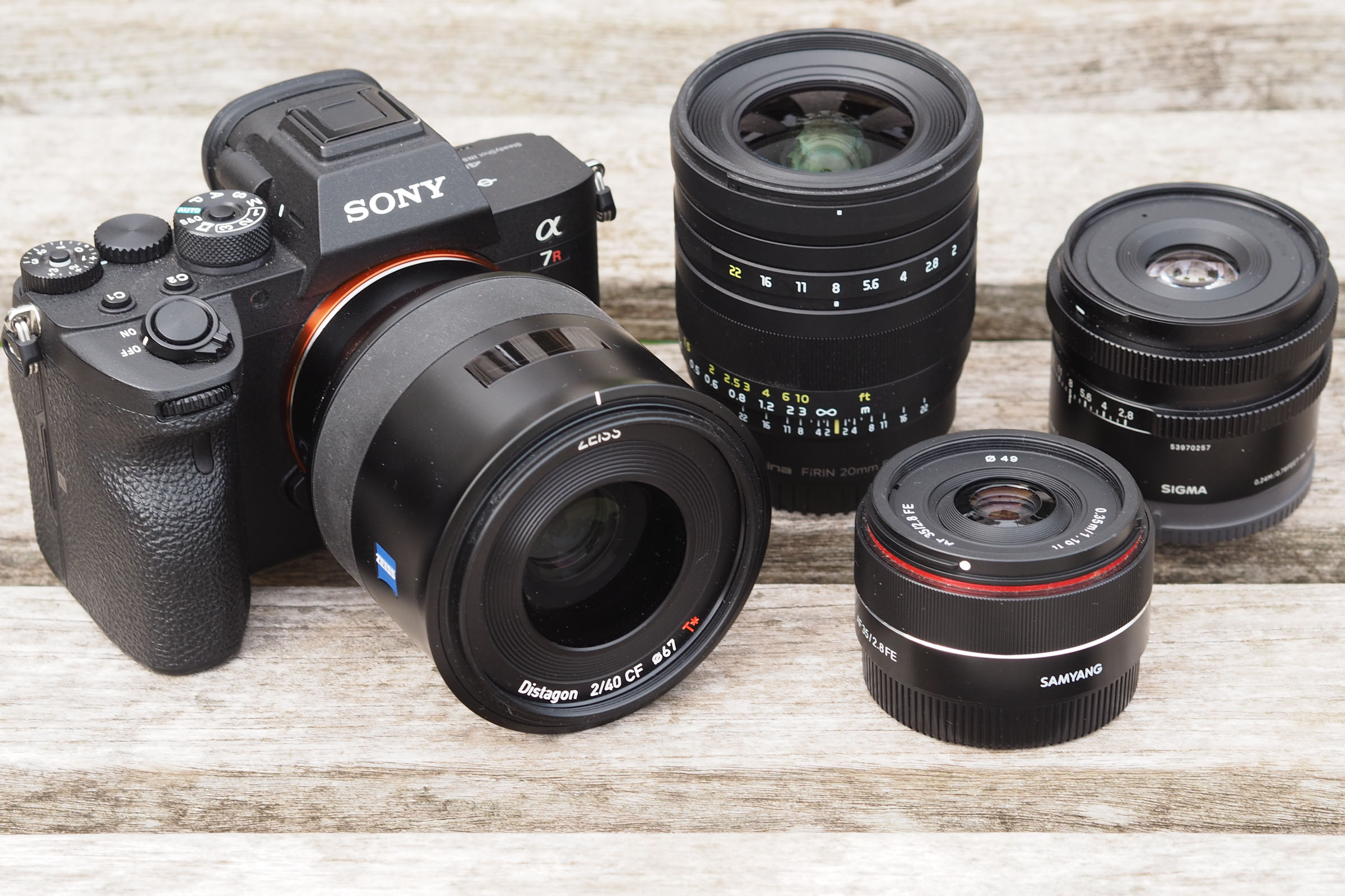
There’s a wide range of zoom and prime lenses for Sony E mount from Samyang, Sigma, Tamron, Tokina and Zeiss
Prime vs zoom: Maximum aperture
Generally, primes have wider maximum apertures than zooms, but how important is speed? What you shoot, when and how are key factors.
If you are keen on astrophotography, the extremely low light levels means fast aperture lenses are essential. You need to record what light there is without too much digital sensor noise and with a brief enough shutter speed so there is no movement recorded in the stars. And you need a solid maximum aperture performance too so the stars are recorded sharply especially towards the edges.
Street and photojournalism are other areas where a fast maximum aperture is a boon. It is true that most digital cameras have impressive high ISO performance and the latest editing software can minimise digital noise. But it still helps not having to shoot at super high sensitivities in the first place and for that a fast aperture lens is a good thing.
The pictorial benefit
There is also a pictorial benefit with fast lenses. Use them at their wide apertures you get very shallow depth-of-field and good looking out of focus backgrounds or bokeh. Many portrait photographers shoot with 50mm f/1.4 or 85mm f/1.8 or faster lenses for that eye-catching look. While you can shoot wide open with a zoom lens the result might not be as pronounced.
Faster aperture lenses have a practical benefit for DSLR users. You get a brighter viewfinder image for composing and checking focus accuracy or for focusing in the case of manual focus lenses.
Of course, it is true that fast aperture lenses do have a negative. Using them at their maximum aperture, some give a moderate performance, especially the budget models. This is the ‘you get what you pay for’ scenario again. So if you shoot with a 50mm f/1.2 lens that costs £300 and find it less sharp then a comparable lens that costs £2000, don’t be surprised.
Shop around
Shop around in the world of primes and there are many very fast lenses available. Although some cost a great deal of money. The fastest lens currently is the Voigtlander 29mm f/0.8 MFT Super Nokton lens and this is priced at £1599 and this brand has several f/0.95 lenses in its range, also Micro Four Thirds format models. Fujifilm has an XF 50mm f/1.0 R WR for its X Series and this costs £1479, while Nikon has a Z 58mm f/0.95 Noct for £8299.
These are examples of high-end exotic optics but there are many f/1.2, f/1.4 and f/1.8 manual focus primes with more affordable price tags.
And speed is not just for primes and there are fast zooms too. Panasonic has a 10-17mm f/1.7 Leica DG Vario Summilux at £1699, there’s the Tamron 35-150mm f/2.8 Di III VXD and Sigma offers a 50-100mm f/1.8 DC HSM Art at £999.
So, prime or zoom, there is the potential of fast apertures but primes definitely have the edge here if you feel the need for speed.
Prime vs zoom: So which is actually better?
Ultimately, photographers should assemble a lens outfit that suits their photography and budget. You might have a 24-105mm f/4 zoom for day-to-day shooting, a 70-300mm for scenics and a 35mm f/1.8 or 50mm f/1.8 handy for those times when you want to travel light or need that extra two stops of light.
A mix of primes and zooms is fine because they can happily co-exist. But if your preference is for an all-prime kit or a zoom only outfit, that’s fine too. So long as your chosen option satisfies your photographic needs.
If you need more guidance on lens types, see our beginners guide to lens types and choices here.
For more great guides to cameras and lenses, including the best that we think you should be looking at buying, have a look at our latest buying guides, or the latest reviews.

